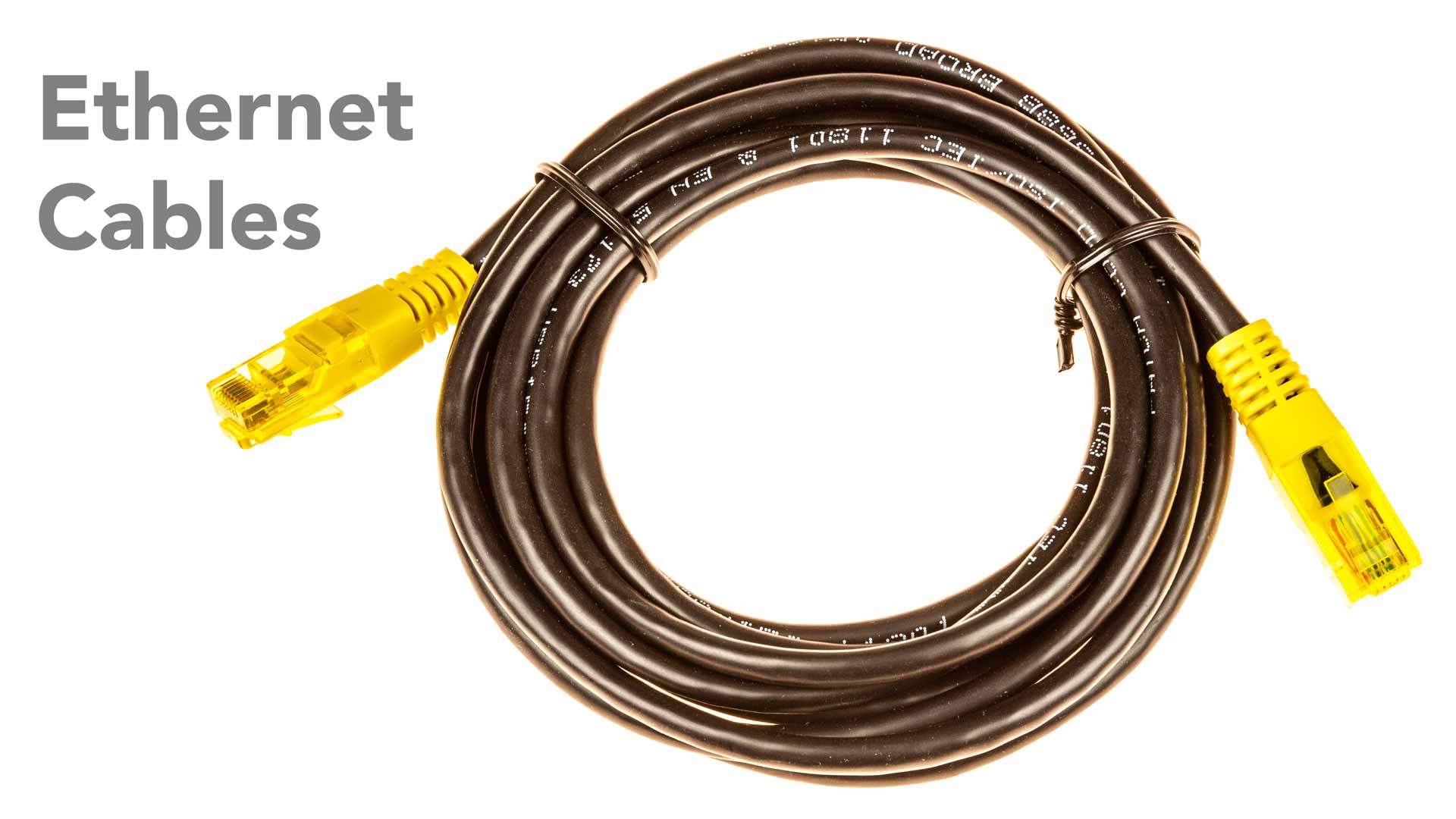
When it comes to electrical installations, having the right connectors is essential. One type of connector that serves a specific purpose is a reducing connector. A reducing connector is designed to connect two different-sized electrical conduits or pipes together. It allows for a smooth transition between the two sizes, ensuring a secure and reliable connection. The purpose of a reducing connector is to ensure proper alignment and to provide a tight fit that prevents any movement or leakage. Whether you are working on a residential or commercial project, understanding the purpose and functionality of a reducing connector is crucial for successful electrical installations. In this article, we will delve deeper into the purpose and benefits of using a reducing connector, providing you with valuable insights into their importance in electrical systems.
Inside This Article
Purpose of a Reducing Connector
Ensuring compatibility: A reducing connector is commonly used in plumbing and electrical installations to connect two pipes or cables of different sizes. Its primary purpose is to ensure compatibility between different pipe or cable sizes, allowing for a smooth and secure connection.
Facilitating flow regulation: Another important purpose of a reducing connector is to facilitate flow regulation in a system. By connecting pipes or cables of different sizes, a reducing connector helps to control the flow of fluids, gases, or electrical currents, ensuring optimal performance and efficiency.
Minimizing pressure loss: In fluid or gas systems, a reducing connector is used to minimize pressure loss caused by sudden changes in pipe diameter. By gradually reducing the size of the pipe or cable, the connector prevents a significant drop in pressure, maintaining a steady flow.
Enabling system versatility: Reducing connectors also play a crucial role in providing system versatility. They allow for the easy integration of different components, devices, or appliances with varying pipe or cable sizes, enabling flexibility in the design and functionality of a system.
Conclusion
In conclusion, a reducing connector serves an important purpose in various industries and applications. Its main function is to connect two different-sized pipes or tubes, allowing for a smooth transition and ensuring a secure and leak-proof connection. By reducing the diameter of the conduit, it enables the connection of pipes of different sizes, promoting efficiency and flexibility in plumbing, electrical, and HVAC systems.
Whether you’re working on a residential or commercial project, it’s crucial to choose the right reducing connector based on the specific requirements and standards. Factors such as material compatibility, pressure rating, and installation method should be considered to ensure optimal performance and longevity.
Remember, a reducing connector is just one piece of the puzzle when it comes to creating a reliable and efficient piping or tubing system. Pair it with other appropriate fittings, valves, and accessories to maximize the overall functionality and performance. Don’t hesitate to consult with a professional if you’re uncertain about the best options for your specific needs.
With the right reducing connectors, you can confidently tackle any project and ensure a seamless pipe or tube connection that will withstand the test of time.
FAQs
1. What is a reducing connector?
A reducing connector is a type of mobile accessory that is used to connect two devices or components with different sizes or types of connectors. It is designed to bridge the gap between different connectors, allowing for seamless compatibility and functionality.
2. How does a reducing connector work?
A reducing connector typically has two ends: one end that matches the larger connector size or type and another end that matches the smaller connector size or type. By connecting the larger end to the device with the larger connector and the smaller end to the device with the smaller connector, the reducing connector allows for seamless communication and transfer of data or power between the two devices.
3. What are the common types of reducing connectors?
There are various types of reducing connectors available in the market, each designed to cater to specific connector types and sizes. Some common types include USB-C to USB-A reducing connectors, HDMI to VGA reducing connectors, and Lightning to 3.5mm audio jack reducing connectors. These connectors enable compatibility between devices with different connector sizes or types.
4. Where can I use a reducing connector?
Reducing connectors can be used in a wide range of scenarios. They are commonly used to connect mobile devices to laptops or desktops, to connect audio devices to smartphones, or to connect older devices with outdated connectors to newer devices with modern connectors. They are particularly useful when you have devices with different connecting interfaces that need to be connected for data transfer, charging, or audio/video output.
5. Are reducing connectors universal?
While reducing connectors come in various types and sizes, it is important to note that they are not universal. Each reducing connector is designed to bridge the gap between specific connector types or sizes. It is essential to ensure that you choose a reducing connector that is compatible with both devices you are trying to connect. Checking the compatibility specifications provided by the manufacturers is crucial to ensure the reducing connector will function properly.
